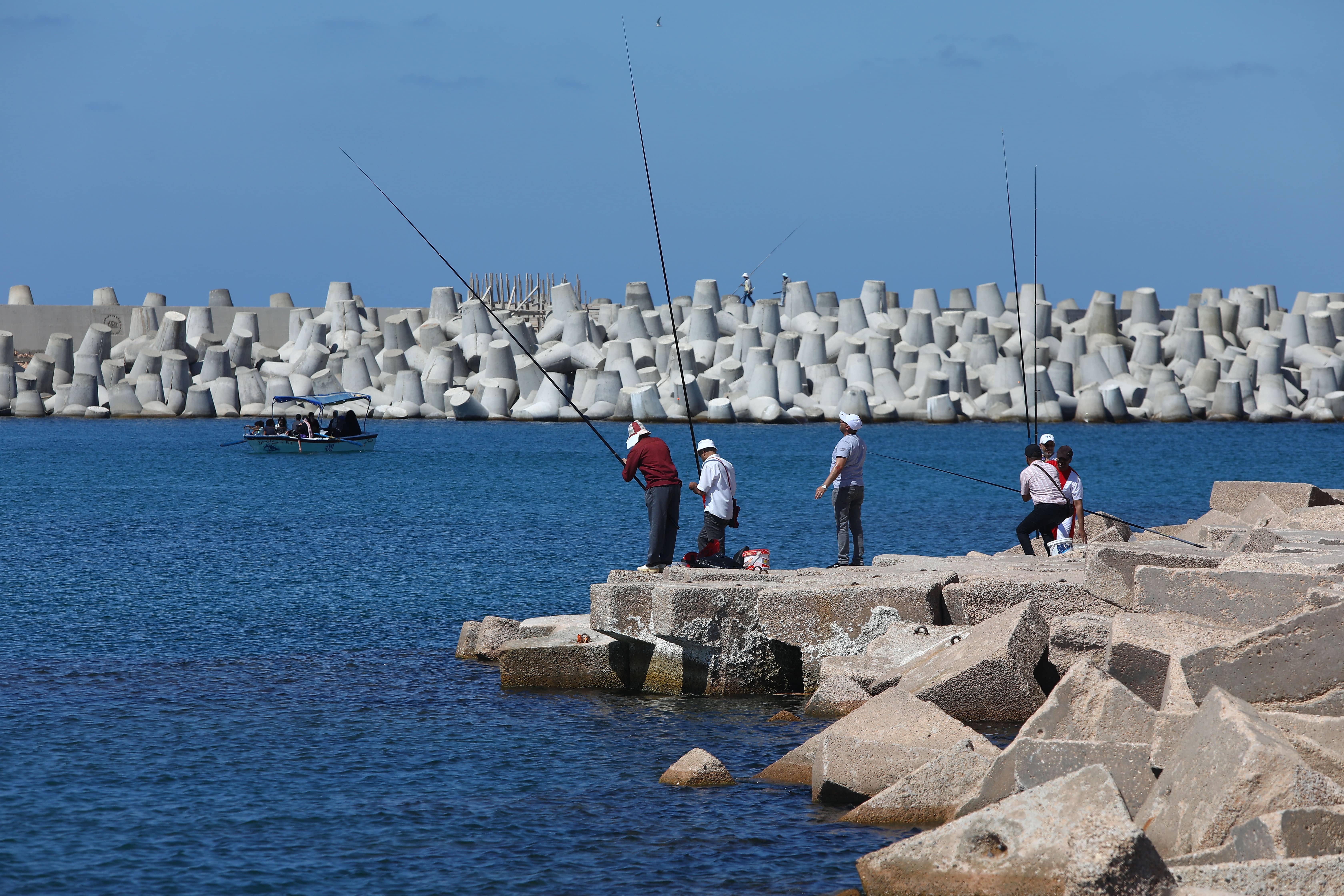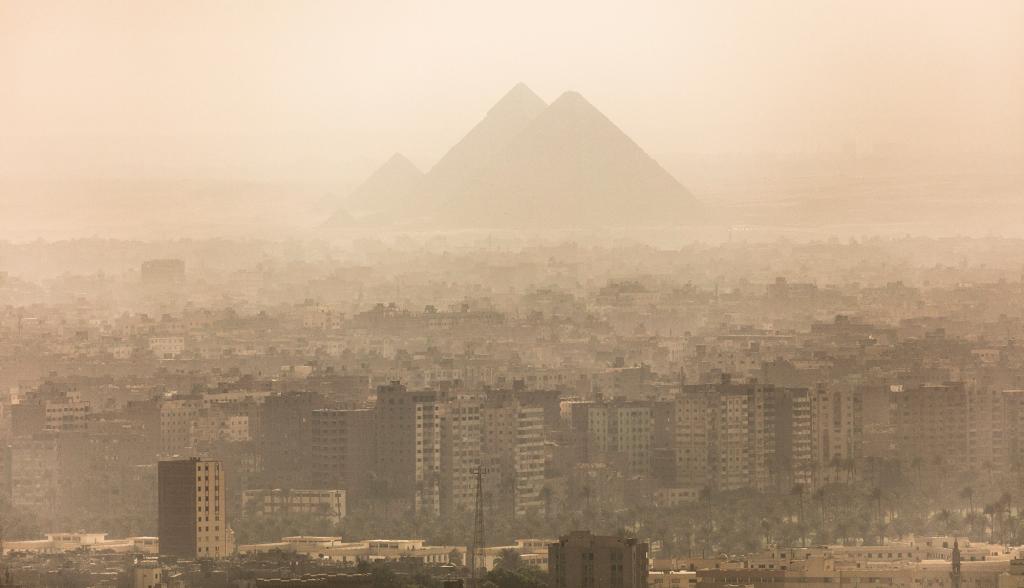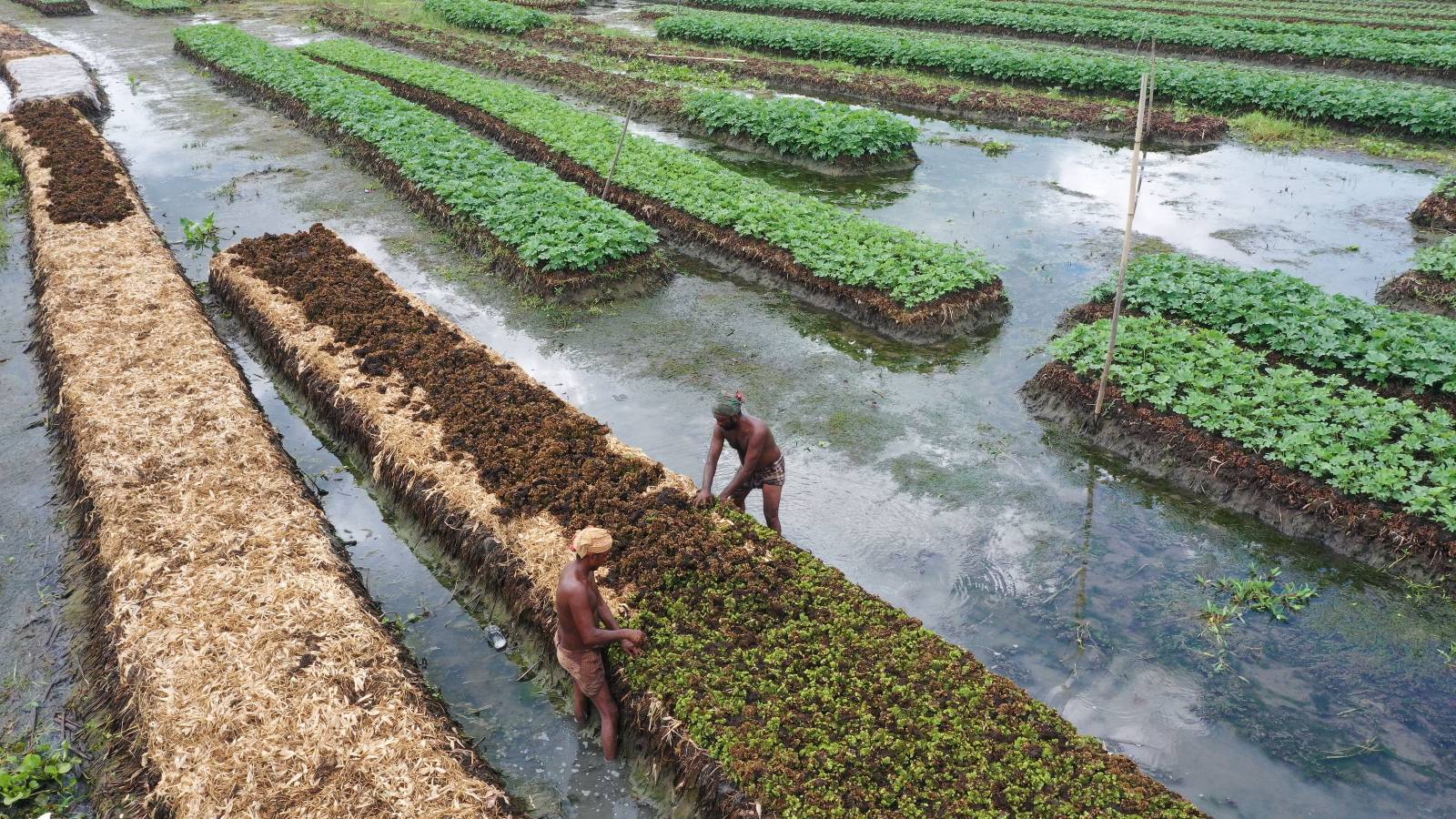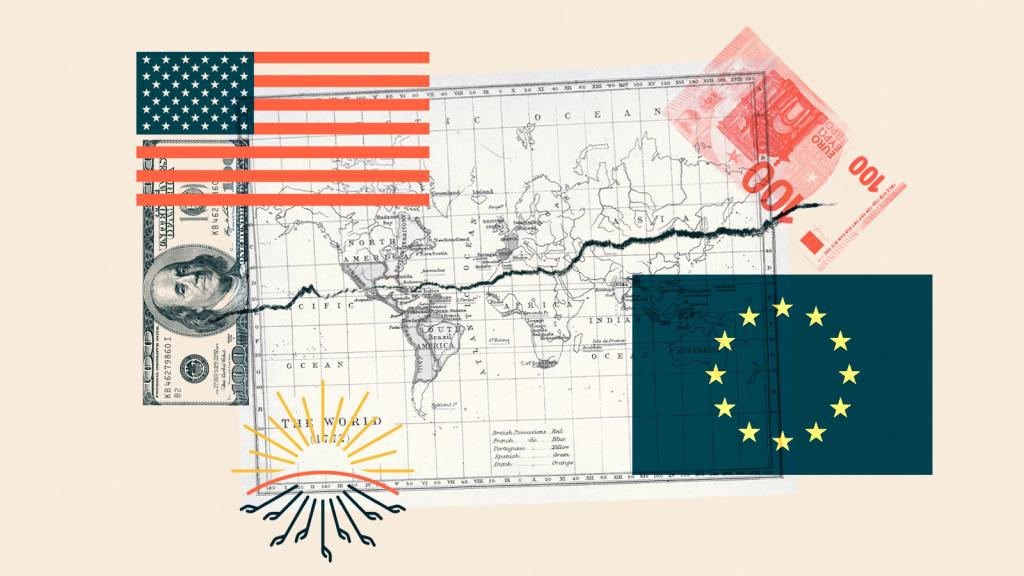Developing nations are suffering some of the worst impacts of a warming world. A multi-year drought in the Horn of Africa is driving the most severe famine of the 21st century. This summer, monsoon floods put much of Pakistan underwater, displacing millions, and heat waves shattered records in countries across North Africa, the Middle East, and Asia.
But despite being hit hardest, these nations have historically contributed the least to climate change. Wealthy nations that industrialized first are responsible for the lion’s share of greenhouse gas emissions. That’s why in 2010, world leaders established the Green Climate Fund, with a $100 billion a year goal to help developing countries reduce emissions and adapt to climate change.
More than a decade since the fund’s creation, developed countries are still not meeting their pledges, creating an “adaptation gap,” according to a new report from the United Nations Environment Programme, or UNEP, which described financing for climate adaptation as “too little, too slow.” In 2020, loans and grants that reached developing countries for climate work totaled $83 billion – $17 billion short of the Green Climate Fund’s ambition. Of that, just $29 billion, or one-third, went to adaptation and resiliency projects.
As climate change impacts worsen, the Adaptation Gap Report released today warns, the gap between the cost of adaptation and funding will only continue to widen.
“The world is failing to protect people from the here-and-now impacts of the climate crisis,” U.N. Secretary General António Guterres said in a press statement. “Those on the front lines of the climate crisis are at the back of the line for support… At least half of all climate finance should flow towards adaptation.”According to the UNEP’s Emissions Gap Report released last week, the world is on track to warm by 2.4 to 2.6 degrees Celsius (4.3 to 4.7 degrees Fahrenheit) by the end of the century. That’s if countries meet their emissions reduction pledges. With the way things are going now, temperatures could rise 2.8 degrees C, based on current policies. Given these extreme degrees of warming, the Adaptation Gap Report estimates that developing countries will need $160 billion to $340 billion for adaptation by 2030. That’s up to 10 times more than current funding. By 2050, the cost of adaptation could rise up to $565 billion a year.

This funding gap is not for lack of adaptation planning by developing nations. The report shows that among the 197 countries party to the U.N. Framework Convention on Climate Change, 80 percent have at least one adaptation plan in place. Strategies are becoming more detailed and time-bound, and an increasing number show equity considerations for women and marginalized groups such as Indigenous peoples. The number of climate resiliency projects funded is increasing, just not at the necessary pace.
In addition, the Organisation for Economic Co-operation and Development reported that over 70 percent of funding sent to developing nations in 2020 was in the form of loans that countries must repay. Guterres called on developed countries and financial institutions to coalesce in support of developing nations’ adaptation efforts, to provide funding “preferably as grants, not loans,” and to create a roadmap to deliver on last year’s promises to increase adaptation funding to $40 billion per year by 2025.
“The world must urgently reduce greenhouse gas emissions to limit the impacts of climate change. But we must also urgently increase efforts to adapt to the impacts that are already here and those to come,” Inger Andersen, executive director of UNEP, said in a statement.
The report encourages more inclusive planning, since many adaptation initiatives still do not adequately involve marginalized groups in their development and therefore may exacerbate climate vulnerability. Noting that climate adaptation and mitigation are intrinsically linked, it also encourages investment in nature-based solutions, like restoring salt marshes or protecting peatlands, that sequester carbon and reduce climate risk.
While investing in ecosystem protection and restoration is extremely important for biodiversity, well-being, and other sustainability goals, it is worth noting that The Land Gap Report, a report by 20 researchers across the globe released on Tuesday by Melbourne Climate Futures, stressed the limited potential for nature-based solutions to mitigate climate change. That report recommended that land-based solutions not be used to offset greenhouse gas emissions from other sectors, and that they should only be considered a complement to the rapid phase out of emissions from energy production, agriculture, and deforestation.
The call for the rapid acceleration of adaptation funding from wealthy nations has been heard countless times before, but it is expected to take on a higher profile in this year’s COP27 negotiations in Egypt, along with loss and damage, which is on the agenda for the first time. Related to but distinct from adaptation, loss and damage addresses the unavoidable losses that developing nations will incur, and have already incurred, from climate change. Developing countries are calling for a dedicated separate fund to recover from these impacts.
“It’s time for a global climate adaptation overhaul that puts aside excuses and picks up the toolbox to fix the problems,” said Guterres. “At COP27, [nations] must present a credible roadmap with clear milestones on how this will be delivered.”



